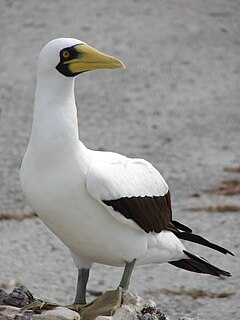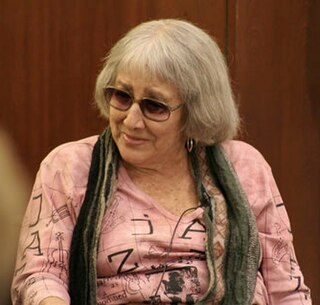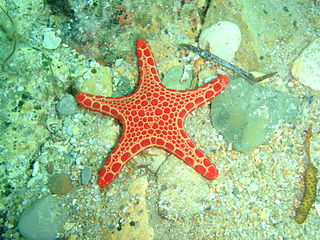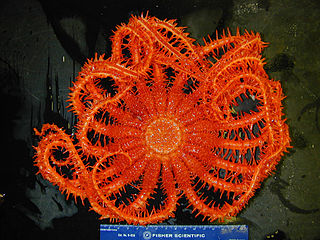
Clark County is the southernmost county in the U.S. state of Washington. As of the 2020 census, the population was 503,311, making it Washington's fifth-most populous county. Its county seat and largest city is Vancouver. It was the first county in Washington, named after William Clark of the Lewis and Clark Expedition. It was created by the provisional government of Oregon Territory on August 20, 1845, and at that time covered the entire present-day state. Clark County is the third-most-populous county in the Portland-Vancouver-Hillsboro, OR-WA Metropolitan Statistical Area, and is across the Columbia River from Portland.

William Ramsey Clark was an American lawyer, activist, and federal government official. A progressive, New Frontier liberal, he occupied senior positions in the United States Department of Justice under Presidents John F. Kennedy and Lyndon B. Johnson, serving as United States Attorney General from 1967 to 1969; previously, he was Deputy Attorney General from 1965 to 1967 and Assistant Attorney General from 1961 to 1965.

The masked booby, also called the masked gannet or the blue-faced booby, is a large seabird of the booby and gannet family, Sulidae. First described by the French naturalist René-Primevère Lesson in 1831, the masked booby is one of six species of booby in the genus Sula. It has a typical sulid body shape, with a long pointed yellowish bill, long neck, aerodynamic body, long slender wings and pointed tail. The adult is bright white with black wings, a black tail and a dark face mask; at 75–85 cm (30–33 in) long, it is the largest species of booby. The sexes have similar plumage. This species ranges across tropical oceans, except in the eastern Atlantic and eastern Pacific. In the latter, it is replaced by the Nazca booby, which was formerly regarded as a subspecies of masked booby.

Eugenie Clark, popularly known as The Shark Lady, was an American ichthyologist known for both her research on shark behavior and her study of fish in the order Tetraodontiformes. Clark was a pioneer in the field of scuba diving for research purposes. In addition to being regarded as an authority in marine biology, Clark was popularly recognized and used her fame to promote marine conservation.

Robert Clark Gregg Jr. is an American actor, director, and screenwriter. He is best known for playing Agent Phil Coulson in the Marvel Cinematic Universe films Iron Man (2008), Iron Man 2 (2010), Thor (2011), The Avengers (2012), Captain Marvel (2019), and the television spin-off series Agents of S.H.I.E.L.D. (2013–2020) and Disney+ series What If...? (2021). Gregg also voiced Phil Coulson on the animated series Ultimate Spider-Man (2012–2017) and in the video games Lego Marvel Super Heroes (2013), Marvel Heroes (2013), and Lego Marvel's Avengers (2016).

Acontias percivali, also known commonly as Percival's lance skink, Percival's legless lizard, and the Tanzanian legless lizard, is a species of small, legless (snake-like) lizard in the family Scincidae. The species is endemic to Africa.

Goniasteridae constitute the largest family of sea stars, included in the order Valvatida. They are mostly deep-dwelling species, but the family also include several colorful shallow tropical species.

The Brisingids are deep-sea-dwelling starfish in the order Brisingida.
Rickettsia australis is a bacterium that causes a medical condition called Queensland tick typhus. The probable vectors are the tick species, Ixodes holocyclus and Ixodes tasmani. Small marsupials are suspected reservoirs of this bacterium.

The Brisingidae are a family of starfish found only in the deep sea. They inhabit both the Atlantic and Pacific Oceans at abyssal depths, and also occur in the Southern Ocean and around Antarctica at slightly shallower depths.

The Ross expedition was a voyage of scientific exploration of the Antarctic in 1839 to 1843, led by James Clark Ross, with two unusually strong warships, HMS Erebus and HMS Terror. It explored what is now called the Ross Sea and discovered the Ross Ice Shelf. On the expedition, Ross discovered the Transantarctic Mountains and the volcanoes Erebus and Terror, named after his ships. The young botanist Joseph Dalton Hooker made his name on the expedition.
The Tasmanian leaf-toed gecko, also known commonly as Tasman's tropical house gecko, is a species of lizard in the family Gekkonidae. The species is endemic to Zimbabwe.

Brisinga endecacnemos is a species of starfish found in deep waters off Norway, Rockall Trough off Ireland, Cape Verde, to the Mid-Atlantic Ridge. The species is described as being a "brilliant red", with a body measuring between 2.8cm and 3.0cm, with 9 to 12 limbs generally longer than 33cm. Upon its discovery it was deemed to be an evolutionary link between ophiuroids and asteroids.
Brisinga is a genus of starfish in the family Brisingidae. The species in this genus are primarily found in deep sea habitats.
Ailsa McGown Clark (1926-2014) was a British zoologist, who principally studied echinoderms and was a specialist on asteroidea. She worked at the Natural History Museum for most of her career.

Brisinga synaptoma is a species of starfish in the family Brisingidae. It has 12 to 15 arms and a very long genital area crossed by 35 to 40 irregular costae. The scientific name of the species, as Craterobrisinga synaptoma, was published in 1917 by Walter Kenrick Fisher. The description was based on one specimen dredged up from 1,588 fathoms at Sampling Station 3342 of the Albatross research vessel, off the coast of British Columbia.
Drepanophorella is a genus of nemerteans belonging to the monotypic family Drepanophorellidae.
Helen Elizabeth Shearburn Rotman was a New Zealand expert on echinoderms, specifically starfish.

Ixodes tasmani, colloquially known as the common marsupial tick, is an Australian species of hard-bodied tick. It is a common vector for certain pathogens. There are around 70 species of ticks found in Australia, 16 of which, Ixodes tasmani included, are able to parasitize humans.















